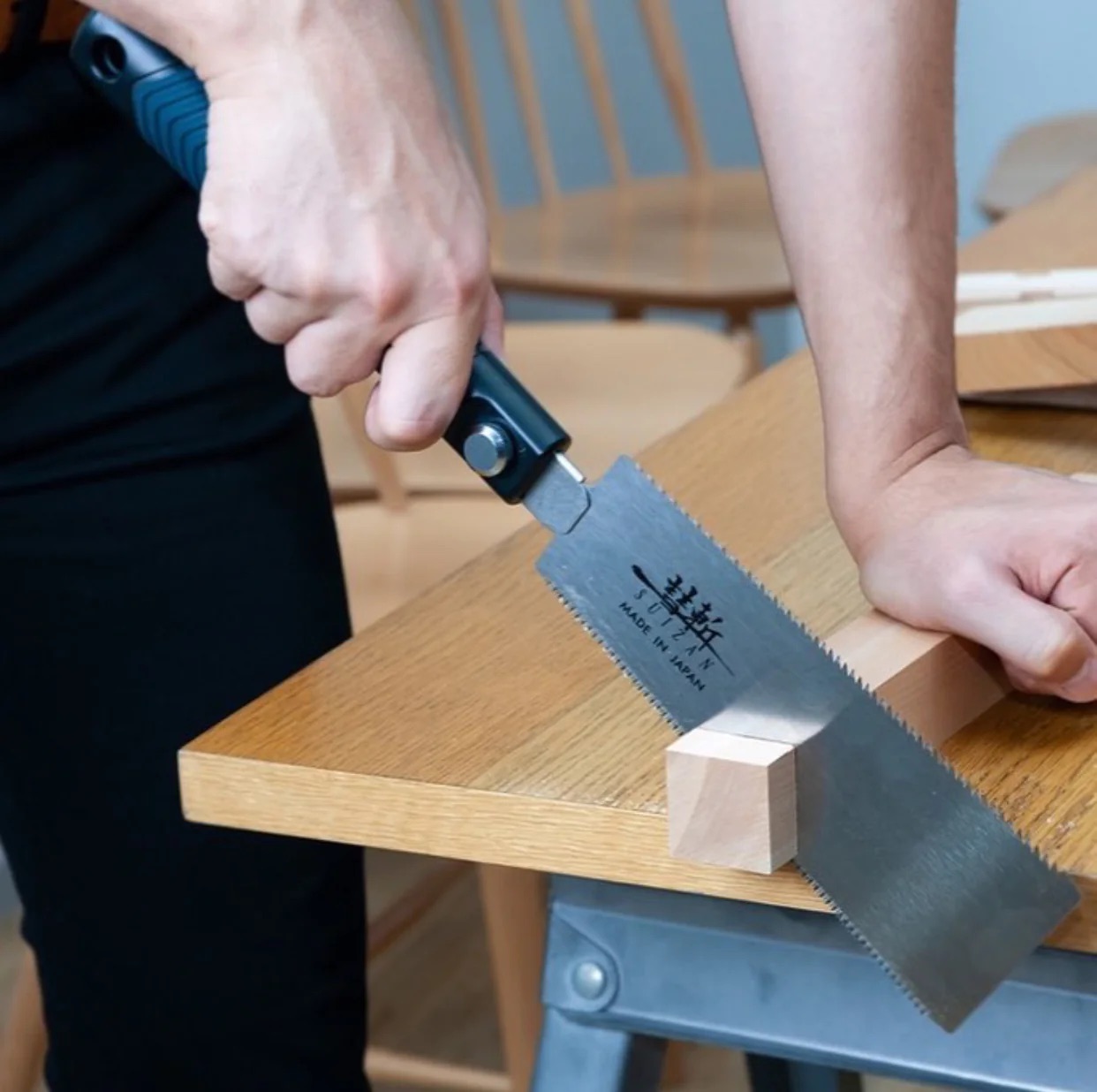

Articles
How To Cut Hardwood With Hand Tools
Modified: January 8, 2024
Learn the best techniques for cutting hardwood with hand tools in this comprehensive collection of articles. Discover the essential tips and tools to achieve precision and efficiency.
(Many of the links in this article redirect to a specific reviewed product. Your purchase of these products through affiliate links helps to generate commission for Storables.com, at no extra cost. Learn more)
Introduction
When it comes to woodworking, using hand tools to cut hardwood can be a rewarding and satisfying experience. While power tools offer convenience and speed, the precision and control offered by hand tools can result in a higher-quality finish. Whether you’re a beginner or a seasoned woodworker, learning how to cut hardwood with hand tools is a valuable skill that will elevate your craftsmanship.
In this article, we will explore the tools required for cutting hardwood, how to choose the right hardwood for your project, the steps to prepare the workpiece, various cutting techniques, and important safety tips to keep in mind. So, let’s dive in and discover the art of cutting hardwood with hand tools.

Key Takeaways:
- Mastering cutting techniques such as crosscutting, rip cutting, and chiseling with hand tools is essential for achieving precise and professional results when working with hardwood.
- Prioritizing safety, proper tool handling, and workspace organization are crucial for a positive and injury-free woodworking experience when cutting hardwood with hand tools.
Read more: How To Cut Asphalt With Hand Tools
Tools Required
To effectively cut hardwood with hand tools, you will need a few essential tools in your arsenal. These tools will provide you with the precision and control necessary for accurate and clean cuts. Here are the tools you will need:
Hand Saws
A quality hand saw is vital for cutting hardwood. Choose a saw with a fine-tooth blade for smoother cuts. A crosscut saw is ideal for making cuts across the grain, while a rip saw is designed for cutting with the grain.
Chisels
Chisels are indispensable for shaping and creating precise joints in hardwood. Invest in a set of high-quality chisels in various sizes to accommodate different cutting needs. Sharp chisels ensure cleaner and more accurate cuts.
Hand Planes
A hand plane is used to smooth and level the surface of the wood. Look for a quality hand plane with a sharp blade and an adjustable depth control feature. This tool is essential for achieving a polished finish on your hardwood projects.
Read more: How To Cut Stone With Hand Tools
Mallets
For driving chisels and other cutting tools into hardwood, you’ll need a mallet. A wooden or rubber mallet is recommended to minimize damage to the handles of your tools. Choose a mallet that feels comfortable and provides enough force for your needs.
Marking and Measuring Tools
Accurate measurements are crucial in woodworking. Invest in a good quality combination square, measuring tape, marking gauge, and a marking knife. These tools will help you mark and measure the wood accurately, ensuring precision in your cuts.
Having these tools in your workshop will set you up for success when it comes to cutting hardwood with hand tools. Remember to take the time to maintain and sharpen your tools regularly to ensure optimal performance.
Choosing the Right Hardwood
When it comes to cutting hardwood with hand tools, selecting the right type of wood is essential for a successful woodworking project. Here are a few factors to consider when choosing the right hardwood:
Consider Wood Species
Different wood species have distinct characteristics and properties that can greatly impact your cutting experience. Some common hardwood species include oak, maple, cherry, walnut, and mahogany. Each wood species has its own unique grain pattern, color, and hardness. Consider the specific aesthetic and functional qualities you are looking for in your project and choose a wood species accordingly.
Read more: How To Cut Miters With Hand Tools
Assess Wood Density and Hardness
The density and hardness of the wood will affect how easily it can be cut with hand tools. Hardwoods are generally tougher to cut than softwoods. However, the choice of density and hardness also depends on the type of project you are working on. For intricate detail work, you may want to choose a softer hardwood that is easier to shape and manipulate. On the other hand, if you need durability and strength, a harder hardwood may be more suitable.
Examine Wood Grain and Figure
Wood grain refers to the pattern and alignment of the fibers within the wood. The direction, density, and figure of the grain can affect how the wood cuts. Straight-grained woods, such as maple, are generally easier to work with, while figured woods, such as curly maple or quilted maple, may pose more challenges due to their interlocking or irregular grain pattern. Consider the desired aesthetic and your comfort level working with different grain patterns.
When choosing the right hardwood, it’s important to strike a balance between the visual appeal, workability, and the specific requirements of your project. Take the time to research and familiarize yourself with different wood species to make an informed decision that will enhance the overall quality and success of your woodworking endeavors.
Preparing the Workpiece
Before you begin cutting hardwood with hand tools, it’s important to properly prepare the workpiece. Taking the time to prepare the wood will ensure accuracy and minimize the risk of mistakes. Here are a few steps to follow when preparing the workpiece:
Measuring and Marking
Measurements are crucial in woodworking to ensure precise cuts. Use a combination square and measuring tape to accurately measure the dimensions needed for your project. Once you have measured, use a marking gauge or a pencil to mark the cut lines on the wood. Take the time to double-check your measurements and markings before proceeding.
Read more: How To Cut Plexiglass With Hand Tools
Clamping and Securing the Wood
When cutting hardwood with hand tools, it is important to have a stable and secure workpiece. Use clamps to securely fasten the wood to your workbench or a sturdy surface. This will prevent the wood from moving or shifting during the cutting process, ensuring clean and accurate cuts.
Setting up a Workbench
A sturdy workbench is essential for working with hand tools. Ensure that your workbench is stable and at a comfortable height for you to work on. Keep your workbench clean and organized, with easy access to your tools. This will make the cutting process more efficient and enjoyable.
By taking the time to properly measure, mark, clamp, and set up your workbench, you are setting yourself up for success when cutting hardwood with hand tools. These preparatory steps may seem simple, but they play a crucial role in achieving accurate and professional-looking results in your woodworking projects.
Cutting Techniques
Mastering different cutting techniques is essential when cutting hardwood with hand tools. Each technique has its own purpose and requires a specific tool and approach. Here are some common cutting techniques used in woodworking:
Crosscutting with a Hand Saw
Crosscutting involves making cuts across the grain of the wood. To perform a crosscut, use a hand saw with a fine-tooth blade. Start by aligning the saw with the marked cut line. Apply steady and controlled pressure as you make the cut, ensuring that the saw remains perpendicular to the wood surface. Take your time and let the saw do the work. Finish the cut smoothly and without forcing the saw.
Read more: How To Cut A Groove With Hand Tools
Rip Cutting with a Hand Saw
Rip cutting is the process of cutting along the length of the wood with the grain. To perform a rip cut, use a rip saw with a coarse-tooth blade. Start by aligning the saw with the marked cut line. Apply firm pressure and use long, steady strokes to cut through the wood, following the natural grain direction. Take care to keep the saw straight, maintaining a consistent angle and depth throughout the cut.
Cutting Curves and Shapes with a Coping Saw
To cut curves and intricate shapes in hardwood, a coping saw is a versatile tool. To use a coping saw, start by drilling a small starter hole near the edge of the shape you want to cut. Insert the coping saw blade into the hole and tighten it. Hold the saw firmly and use short, controlled strokes to follow the marked cut line. Take your time and make small adjustments as needed to achieve smooth and precise curves.
Chiseling and Paring Techniques
Chiseling and paring are techniques used for shaping and refining the edges and surfaces of the wood. Use a sharp chisel to remove small amounts of wood gradually. Start by making shallow cuts and gradually deepen them to achieve the desired shape. Be careful not to apply too much force, as this can cause the wood to split. Paring, on the other hand, involves using a chisel to smooth and refine the surfaces by making light and controlled cuts.
Planing the Wood Surface
After making rough cuts, planing the wood surface helps smooth and level it. With a hand plane, you can remove any imperfections and create a flat and even surface. Start by adjusting the plane blade to the desired depth. Hold the plane firmly and push it along the wood surface in long, smooth strokes, working with the grain. Continue planing until you achieve the desired smoothness.
These cutting techniques, when practiced and mastered, will allow you to achieve precise and clean cuts when working with hardwood. Remember to take your time, use the appropriate tools, and maintain a steady hand to achieve the best results.
Read more: How To Cut Wood Channel With Hand Tools
Safety Tips
When working with hand tools to cut hardwood, it is important to prioritize safety to prevent accidents and injuries. Here are some essential safety tips to keep in mind:
Wearing Safety Goggles and Gloves
Protecting your eyes is crucial when operating hand tools. Wear safety goggles to shield your eyes from flying wood chips and debris. Additionally, wearing gloves can provide added protection to your hands and help to improve grip and control when handling tools.
Proper Hand Tool Handling Techniques
Using hand tools correctly and safely is vital to prevent accidents. Maintain a firm grip on the tool at all times and avoid gripping it too tightly, as this can restrict proper movement and control. Ensure that your hand is positioned away from the cutting area and keep your fingers and hands clear of the tool’s path. Proper hand positioning and control will help prevent accidental slips and cuts.
Securing the Workpiece Correctly
Before you begin cutting hardwood, ensure that the workpiece is securely fastened or clamped down. This will prevent the wood from moving or shifting during the cutting process, reducing the risk of accidents. A stable workpiece also contributes to cleaner and more accurate cuts.
Read more: How Cut Steel Square With Hand Tools
Maintain a Clean and Organized Workspace
Keeping your workspace clean and organized is essential for safety. Remove any clutter, debris, or tripping hazards that could cause accidents. Additionally, keep your tools properly organized and within easy reach to avoid accidentally knocking them over or causing injuries.
These safety tips should be followed at all times when working with hand tools to cut hardwood. Remember, safety should always be your top priority to ensure a positive and injury-free woodworking experience.
Conclusion
Cutting hardwood with hand tools can be a rewarding and fulfilling experience for woodworking enthusiasts. By understanding the tools required, choosing the right hardwood, preparing the workpiece, mastering cutting techniques, and prioritizing safety, you can achieve precise and high-quality results in your woodworking projects.
The selection of hand saws, chisels, hand planes, mallets, and measuring tools is crucial for efficient and accurate cutting. Each tool plays a specific role in shaping and refining the wood, allowing you to bring your vision to life.
When choosing the right hardwood, consider the wood species, density, hardness, and grain pattern. Each of these factors contributes to the characteristics and workability of the wood, enabling you to achieve the desired aesthetic and functional qualities.
Preparing the workpiece by measuring, marking, clamping, and setting up a stable workbench ensures precision and stability during the cutting process. These preparatory steps set the foundation for successful woodworking endeavors.
Mastering cutting techniques such as crosscutting, rip cutting, coping saw work, chiseling, and planing allows you to create clean and precise cuts, shapes, and surfaces. Practice and patience are key in honing these skills and achieving professional results.
Lastly, always prioritize safety by wearing protective gear, properly handling hand tools, and securing the workpiece. By maintaining a clean and organized workspace, you minimize the risk of accidents and injuries, allowing you to focus on your craft.
In conclusion, cutting hardwood with hand tools requires a combination of skill, knowledge, and the right tools. By following the techniques and tips outlined in this article, you’ll be well-equipped to embark on your woodworking journey with confidence and produce exceptional results.
Frequently Asked Questions about How To Cut Hardwood With Hand Tools
Was this page helpful?
At Storables.com, we guarantee accurate and reliable information. Our content, validated by Expert Board Contributors, is crafted following stringent Editorial Policies. We're committed to providing you with well-researched, expert-backed insights for all your informational needs.
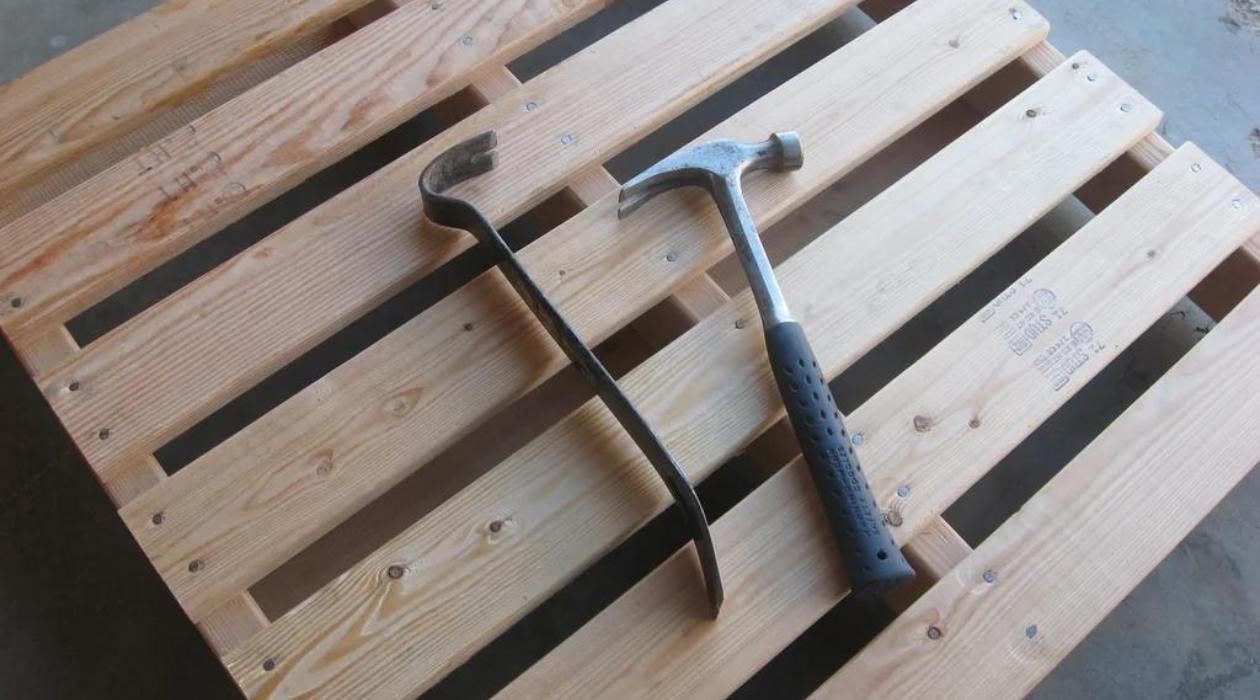
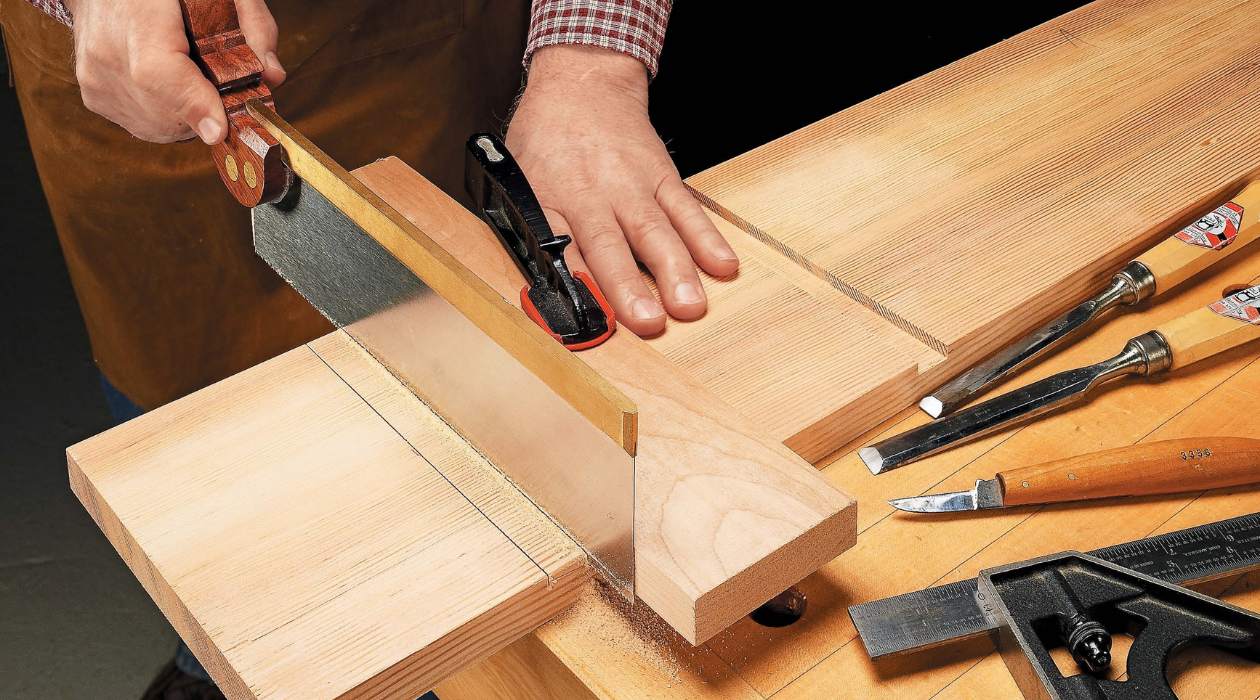
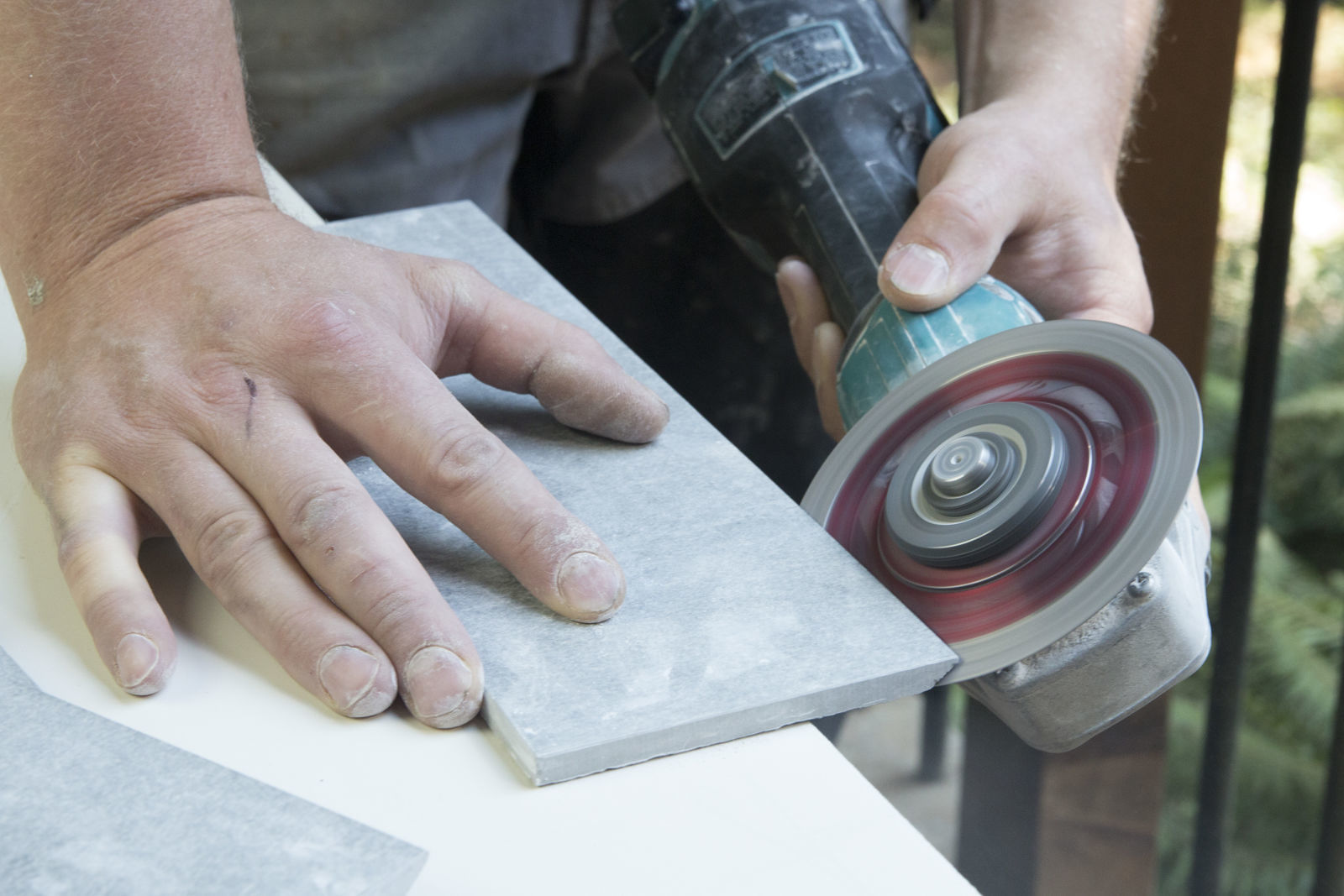
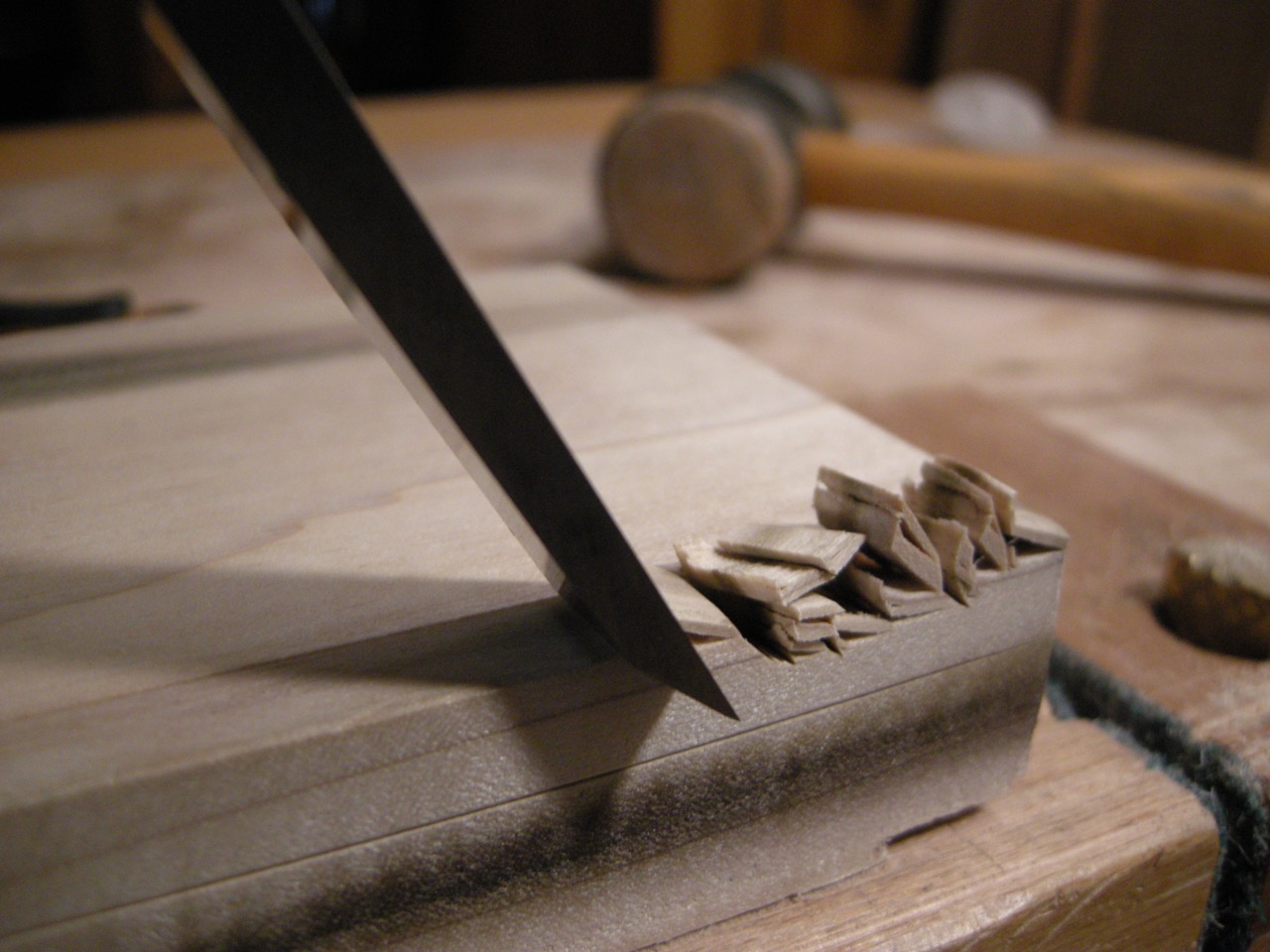
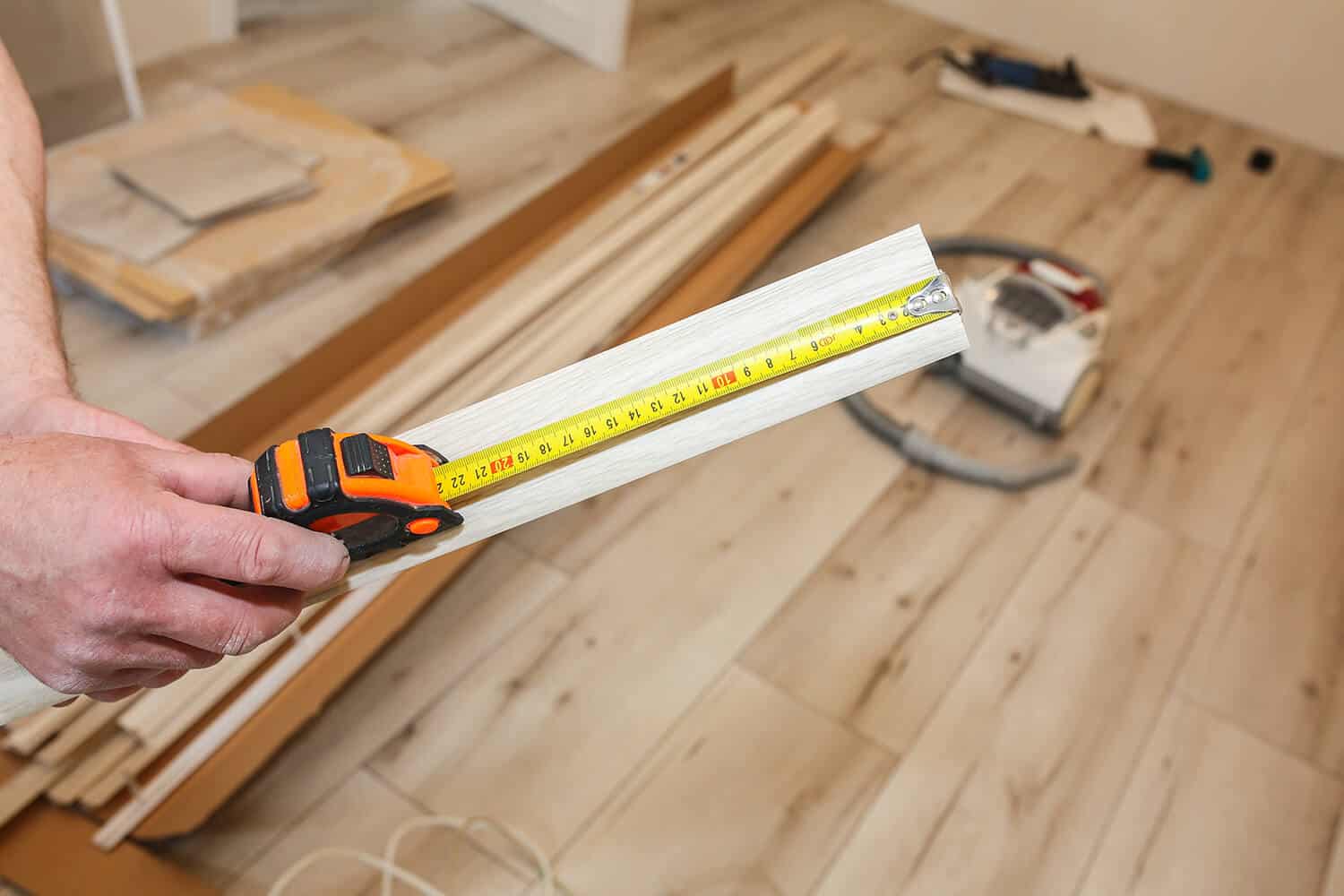
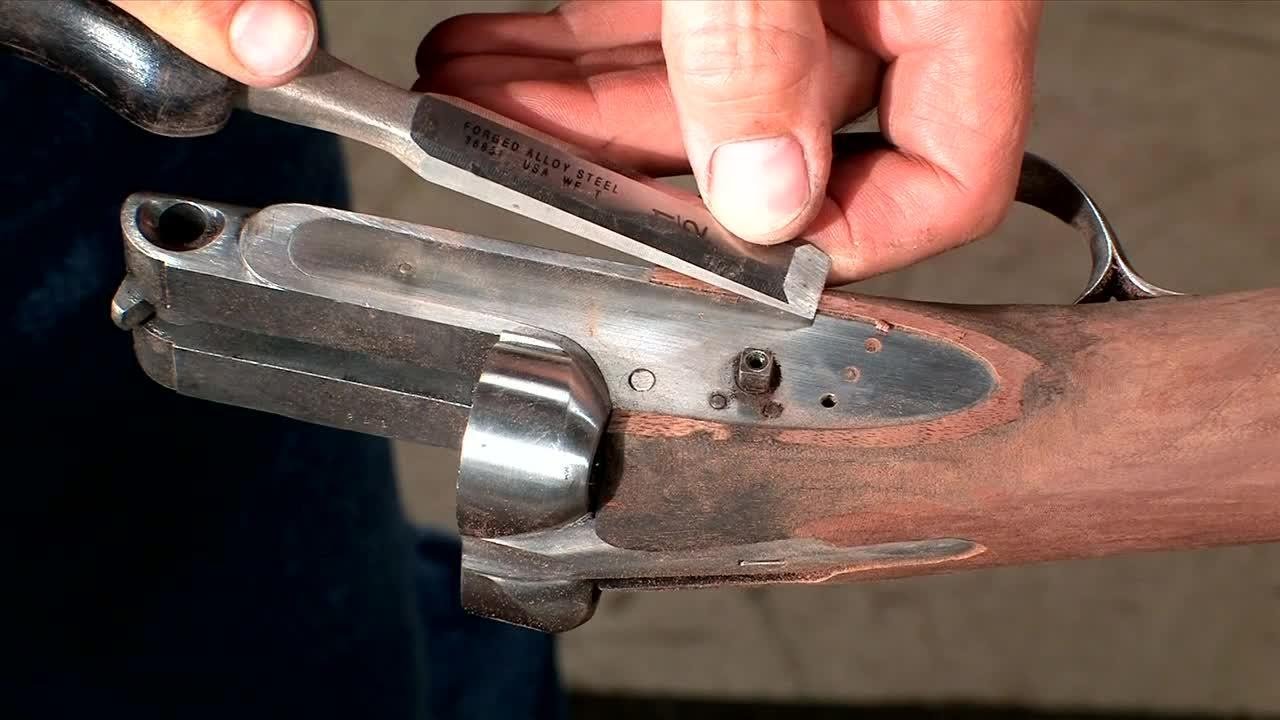
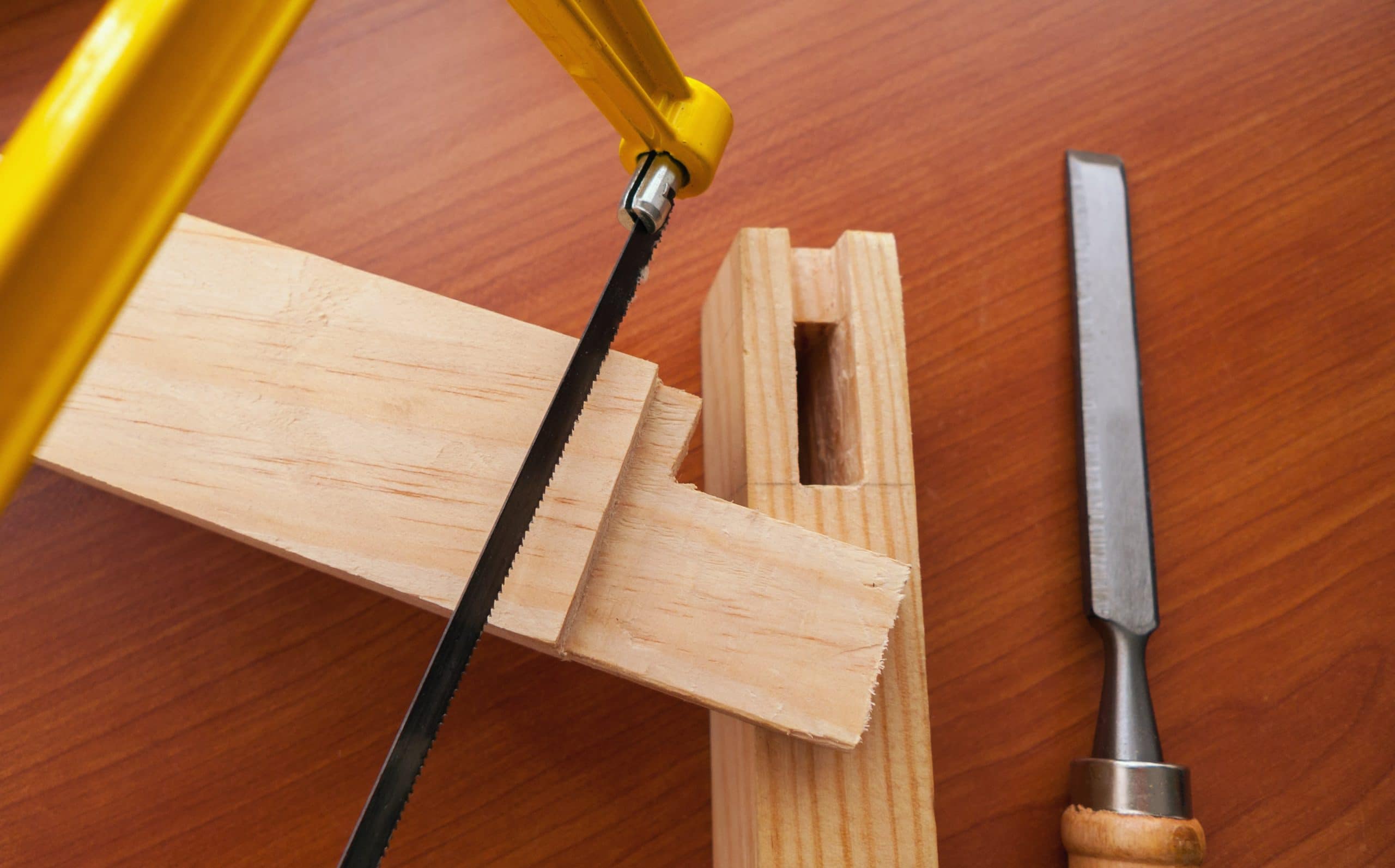
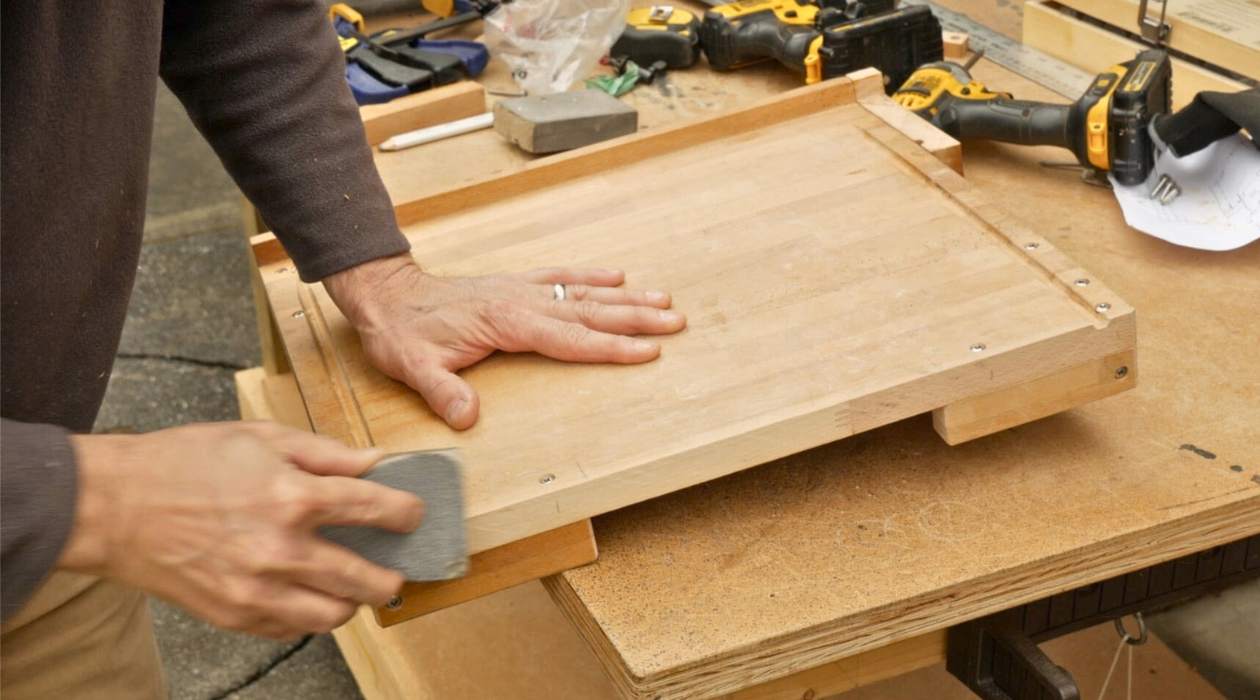
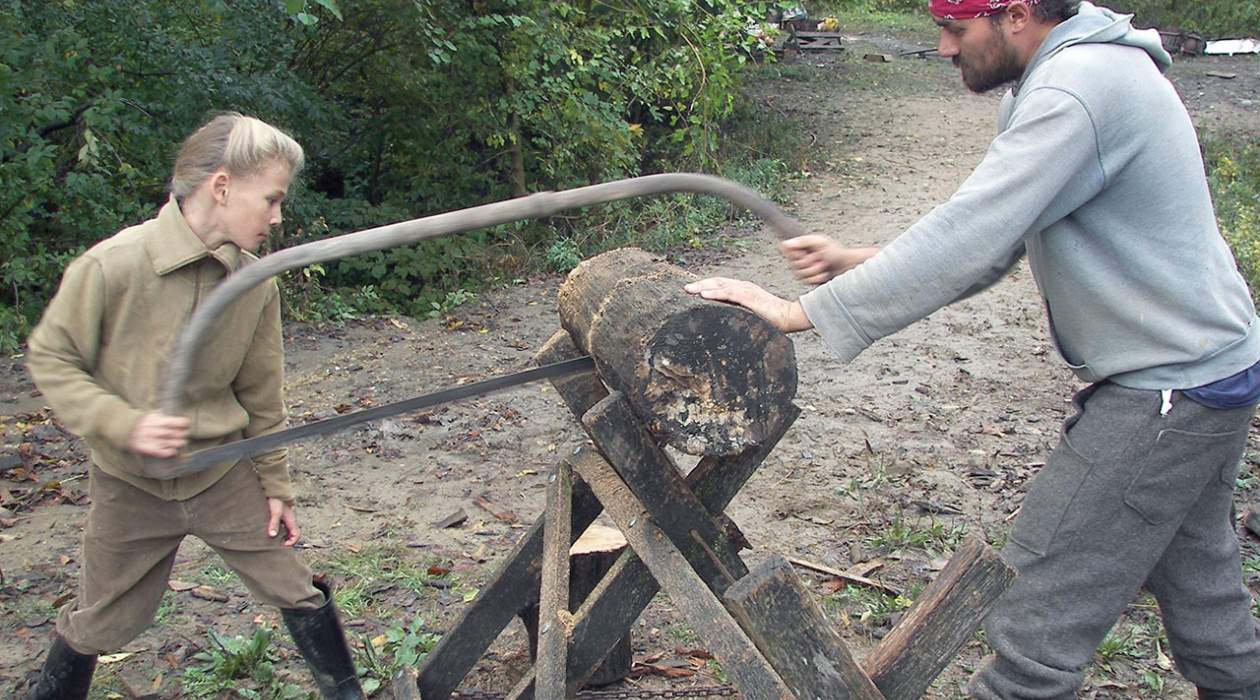

0 thoughts on “How To Cut Hardwood With Hand Tools”